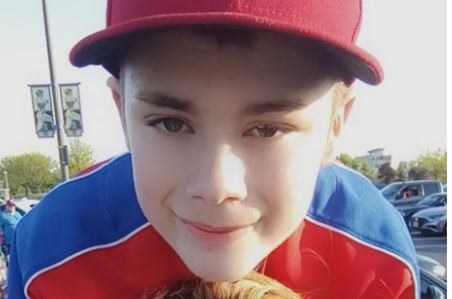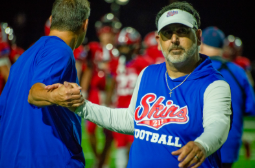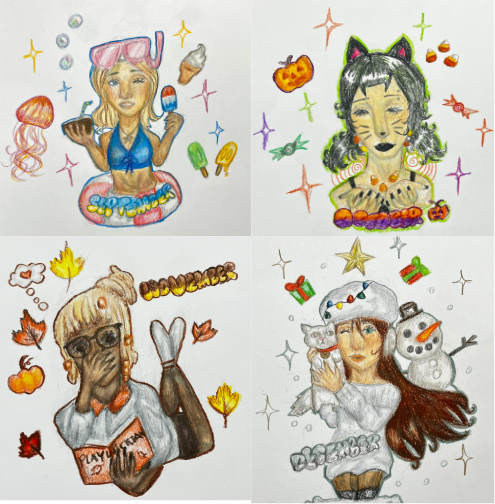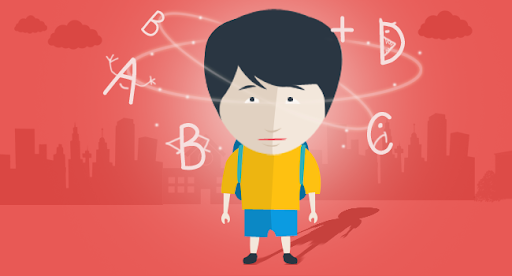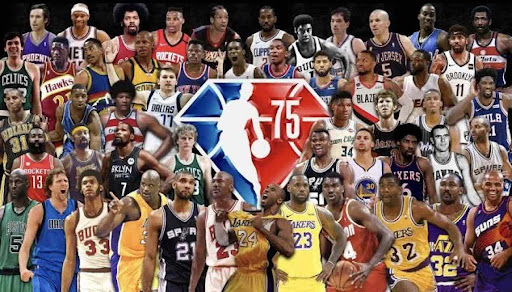According to the Centers for Disease Control and Prevention (CDC), suicide rates gradually increased by 36.5 percent in the United States between 2000 and 2018, and further declined by five percent between 2018 and 2020. However, since 2022, the CDC has documented another rising surge in suicide rates, reaching a total of 49,000 people who died by suicide in 2023. Every 11 minutes, one person dies.
These statistics remain a taboo topic. For too long, suicide has remained a silent shadow throughout communities. Despite the rising rates and growing awareness, the subject is still shrouded in stigma and discomfort. This silence isolates those who are struggling, but also leaves survivors of suicide and suicide loss grappling with their grief in solitude.
14.24 percent of these deaths in 2022 were between the ages of 15 to 24. The third leading cause of death for people aged 15 to 24 is suicide, at 19.5 percent, resulting in 6,040 deaths, according to the CDC. Behind every statistic is a name, a life, a story.

One of these many stories was Nathan Dykstra. A part of the Neshaminy High School (NHS) community, Nathan Dykstra was a ninth-grader when he committed suicide in August of 2024. Almost a year later, his friends, family, and the community are left impacted by this tragedy. An email was sent to parents and teachers, briefly stating the loss of a student. Quickly, students turned to social media to find any information about the tragedy. Many months later, Robyn Dykstra, Nathan Dykstra’s mother, has come forward with her son’s story.
To better understand the serious impact of suicide and the process of enduring this grief, Robyn Dykstra spoke about the loss of her son. Her story is a reminder that behind every statistic is a life deeply missed.
Robyn Dykstra had discussed the dismissive nature of doctors and therapists as they “seemed quick to medicate him and send him home.”
Starting when Nathan Dykstra was younger, he had shown signs of Attention Deficit Hyperactivity Disorder (ADHD). As he grew older, Dykstra recalled how he started to fall behind and “feeling that he knew he was different, but didn’t know why.”
“We have had therapists from many different agencies, but none seemed to stay long,” Dykstra explained. With new therapists being assigned regularly, Nathan Dykstra never got to know or bond with them before they were gone again.
“The mental health field is very overwhelmed and underpaid and understaffed, so even the people that do care seem to be overwhelmed.” As Nathan Dykstra grew older, he got worse. Trying to fit in, he had been hanging out with the “wrong people doing things just to get attention”.
Robyn Dykstra elaborated that “he would do it just to try and fit in. To try and feel normal and seem ‘normal’ in his words.” After he had committed suicide in August of 2024, Robyn Dykstra struggled with the grief of her son.
“My grief at first was overwhelming. It consumed my whole life,” explained Robyn Dykstra, “I wasn’t eating. I was sick. My hair started falling out. I just felt like, with him gone, that there was no purpose in me being here anymore because Nate was my purpose and the person who needed me the most.” Battling through the pain, Robyn Dykstra spent a journey trying to recover and shed light on the grim story.
Robyn Dykstra states how “it still is a part of everything I do in life. I think about my son. I miss my son. I feel like I want to give Nate a voice, though, and I feel like I’m keeping a little bit of him around by doing what I can for suicide awareness.”
Through raising money, participating in events, and using her story, Robyn Dykstra is trying to help break the stigma around mental health as a whole.
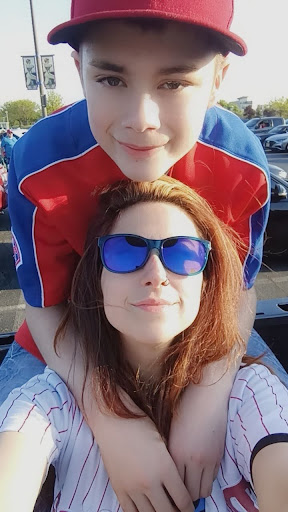
“What helped me move forward on the hardest days was, honestly, I want something to come out of Nate’s passing away, even if I talk one person out of doing it one time or am someone’s person when they need someone,” Robyn Dykstra stated.
When asked if mental health is taken seriously, Dykstra said “no”. Whether it’s within school, social media, or home life, mental health is still a reserved topic. The first way to promote awareness of suicide is to bring it into the light and discuss it more.
According to a voluntary survey of 46 NHS students, 58.7 percent of students have heard negative conversations about mental health, and 23.9 percent were unsure or in the middle, stating “maybe”.
From these same students, 47.8 percent stated that they were unsure, stating maybe concerning if they feel comfortable talking about mental health within school, and 71.7 percent stated that they felt that mental health isn’t discussed enough within school.
“I think it needs more attention in homes and the media. No one wants to feel crazy or strange or even different, so a lot of people bottle it up to try and hide it. So I honestly, more than anything, just wish it could be talked about openly and not something people are so embarrassed of,” Robyn Dykstra stated.
Dykstra’s concern was also evident through sampled NHS students, as many students provided examples of negativity or popular topics discussed within the Neshaminy community.
From the survey, 16 students stated they have heard or seen a rise in conversations surrounding anxiety, 15 stated conversations about depression, nine about suicide and some form of self-harm, and six surrounding people making fun of mental illness or faking it for attention.
“I’ve seen a lot of people faking mental illnesses or disorders on TikTok, though luckily that’s died down,” one anonymous student wrote. “It’s obviously bad that they’re faking it, but it has had the unintended consequence of making people more educated about mental illness.”
Another anonymous student noted, “There’s still some weird stigma around it, the shift I noticed was the change from a mental illness being something that is to be ashamed of, is now sometimes treated like something to collect just for the sake of having it.”
Students’ responses from the survey also quoted how the phrase “kill yourself” has become a normal part of teen vocabulary. Due to the rise in jokes and shift from concern to humor, students with mental illnesses have stated how they’re treated as if “mental health isn’t a real thing” or how “others will be rude without understanding another person’s situation.”
From dismissing mental health as a joke, “kids being dramatic and lazy”, “not a real thing”, and overall “something that can’t be helped”, people with mental health concerns are dismissed and pushed to the sidelines.
Through the ongoing growth of negative mental health stigmas, groups have emerged to try and combat these issues. The MIND club at the University of South Carolina (USC) has teamed up with the largest nonprofit organization in the United States– Active Minds– that works to mobilize “youth and young adults to transform mental health norms across society”.
What started as a simple ice bucket challenge to promote support for suicide prevention efforts and breaking the stigmas surrounding mental health has grown to a nationwide trend and has raised $408,875 as of May 2, 2025, with more donations coming in every second. The overall goal of the fundraiser is to reach $500,000, as well as more for other programs, including Active Minds Chapter Network, A.S.K., and Send Silence Packing.
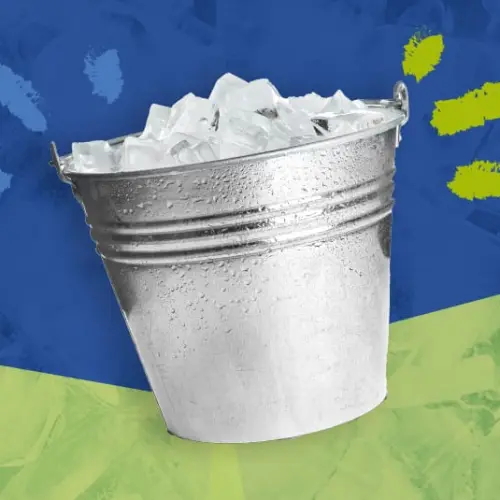
Inspired by the 2015 Ice Bucket challenge for Amyotrophic Lateral Sclerosis, a progressive neurodegenerative disease that affects nerve cells in the brain and spinal cord, the new protest focuses on showing that no one has to struggle with mental illness alone.
According to USC Mind club, the venture involves recording yourself doing the ice bucket challenge after being nominated, tagging and nominating 2-5 people to join, and posting the video using the hashtag #SpeakYourMIND and tagging @uscmind within 24 hours of being nominated.
The purpose of using cold water “symbolizes the ‘shock’ people often feel when dealing with mental health struggles – and how we need to wake up and pay attention,” according to @brilliantscholars on Instagram, a Youth-Led Organization for empowering students.
With many taking part in the challenge, the organization and fundraiser have brought masses of publicity, ranging from celebrities to fellow NHS students. Whether being nominated or seeing a post containing the message, the USC Speak Your Mind Ice Bucket Challenge has reached a large audience and helped spread awareness of this growing issue.
These stories aren’t just about loss – they’re about love, resilience, and the urge to talk about suicide. Breaking the silence surrounding this topic is not just an act of awareness, but an act of prevention. To create a culture where people feel seen, supported, and less alone.
Now is the time to act, to start to ask someone how they’re doing and be prepared to truly listen, to support local and national mental health organizations, to Advocate for mental health education in schools and life, to know that there is help out there and reaching out is a sign of strength.
Through candid interviews and protests, a light can be shed on the depths of pain, questions that remain, and the strength it takes to keep going. These stories are not only testimonies of loss, but also a call to action. A call to be able to talk more openly, to listen more deeply and understandingly, and to create spaces where mental health can be discussed safely and treated with the seriousness and compassion it deserves and needs.
Robyn Dykstra explained how “mental health isn’t just depression or anxiety or maybe a panic attack. Mental health is everything. It’s every part of your day. Maybe someone is fighting a battle that no one has any idea about.”


